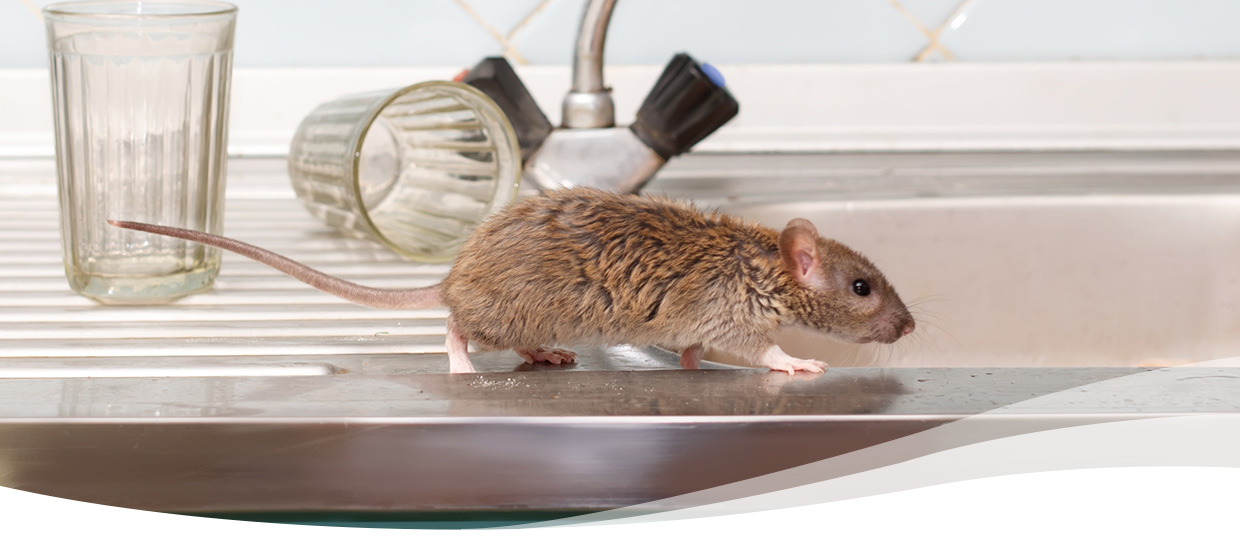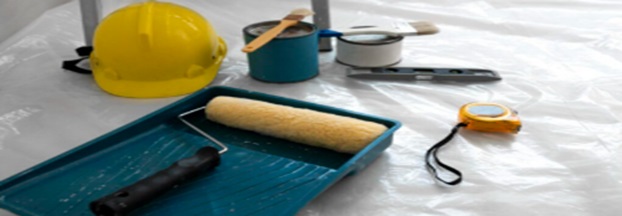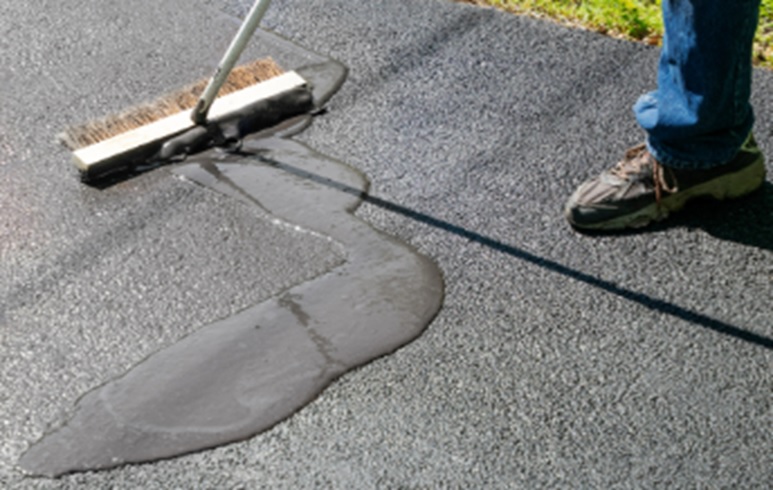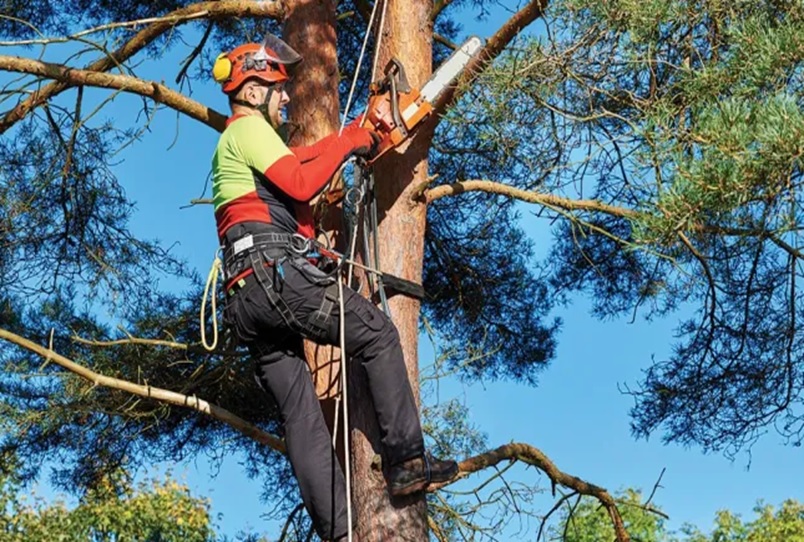In Kent, WA, homeowners and companies frequently face rodent infestations, particularly in the cooler months as rodents enter buildings in search of warmth and seclusion. Rats and mice are two of the worst offenders. While both mice and rats are capable of doing damage and carrying diseases, the way to go about controlling and preventing them will likely be different depending on which type we’re talking about. Understanding whether you have an infestation of rats or a mouse problem is important when it comes to tackling the issue as suggested by unitedpestsolutions.com.
This is a comprehensive guide to help you distinguish between rat and mouse infestations, covering everything from alleged physical characteristics, behavior, things they do as a sign of infestation and even their habitat of choice for nesting.
Physical Differences Between the Two Rats vs. Mice
Mice are also considerably smaller than rats, ranging from 2.5 to 4 inches in body length, with tails about the same length as their bodies. They are small and slim with big ears and a pointed nose. Their coat is generally gray or light brown.
In contrast, rats are bigger and stronger. Norway rats, which are prevalent in Kent, can reach up to 9 inches in body length, with chunky tails that are shorter than the length of their body. Roof rats, another local species, are more slender, with long tails and big ears. Rats usually have stubbed noses and rough, dark-colored fur.
Behavioral Differences
Mice are curious creatures. They’ll investigate anything new brought into their space, which makes them easier to trap. They are very good at climbing and can squeeze through a hole the size of a dime.
Rats, by comparison, are skittish and often avoid unfamiliar objects, making them more difficult to trap. Norway rats like lower places, such as basements, while roof rats prefer attics or high-up locations. Rats require a water source very close by — a mouse can get by on significantly less water than a rat can.
Gnaw Marks and Damage
Rodents chew constantly in order to prevent their teeth from growing too long. The size and arrangement of the gnaw marks can suggest what rodent you are dealing with. Mice leave tiny, delicate marks and are more likely to gnaw at packaging or softer materials.
Rats also create more extensive damage with larger, rougher teeth marks on wood, wires or even metal pipes. The noise they make when they munch can vary too: rats are louder because they are bigger.
Nesting Habits
Mice nest in small nests comprised of shredded paper, cloth or insulation, in secluded, undisturbed locations near food supply. Since they typically stay in smaller areas, their nests are also generally easier to find.
Rats make more elaborate burrows (or nests) and will range further from their burrowing or nesting sites to find food. Norway rats may dig runways in earth below foundations and along walls whereas roof rats nest in treetops or in attics.
Tracks and Pathways
Roaches tend to run along the same paths, alongside walls and baseboards. You might even see oil rub marks where rats leave greasy fur. Mice also make the same marks, but they’re smaller and less distinct. You can add a little bit of flour or talc on the ground to see their footprints and then you will be able to distinguish the size and movement pattern of the rat.
If your infestations are severe or if you simply don’t know which pest you’re dealing with, it’s best to call a licensed pest control professional in Kent. They have the ability to evaluate the circumstances, make a proper identification, and utilize a tailored treatment plan.
It is important to know the distinction between mice and rats to properly control these pests. Although they look alike at first, their habits, nests, and looks are very different. With this information, you can react promptly to keep your property safe from destruction and health conditions linked with rodent intruders.






